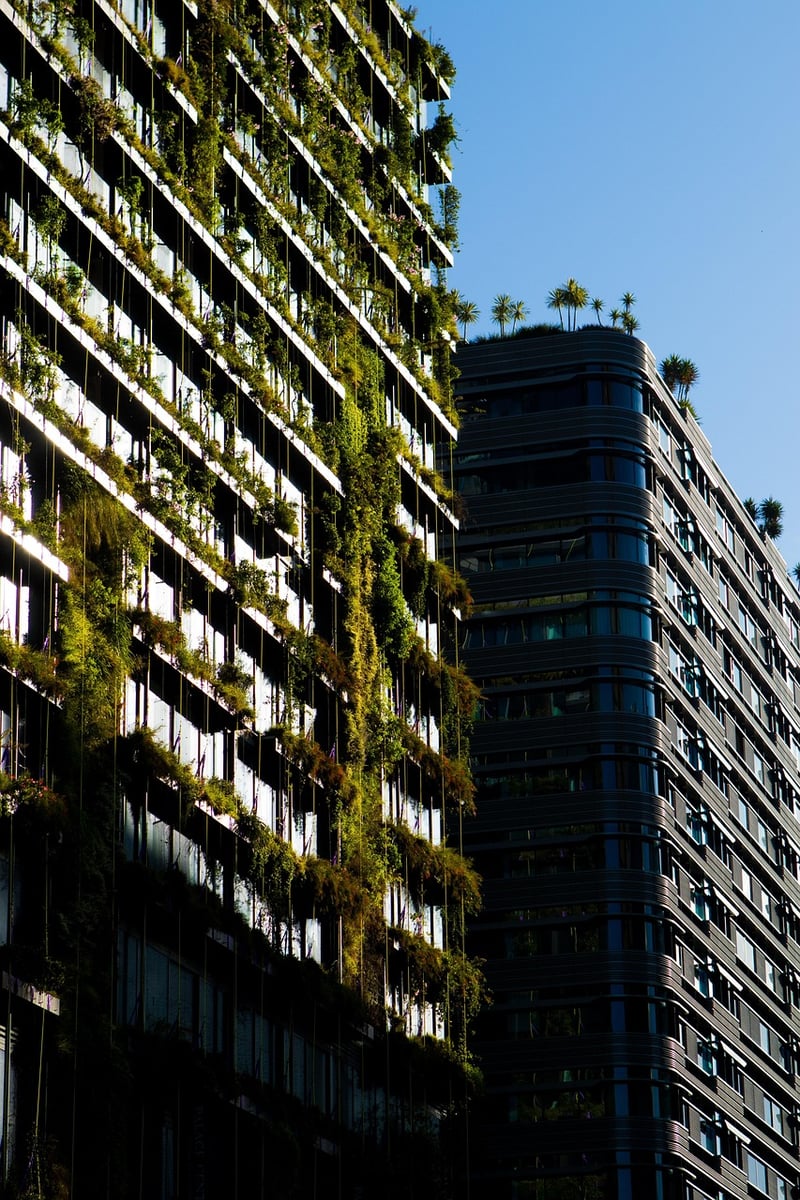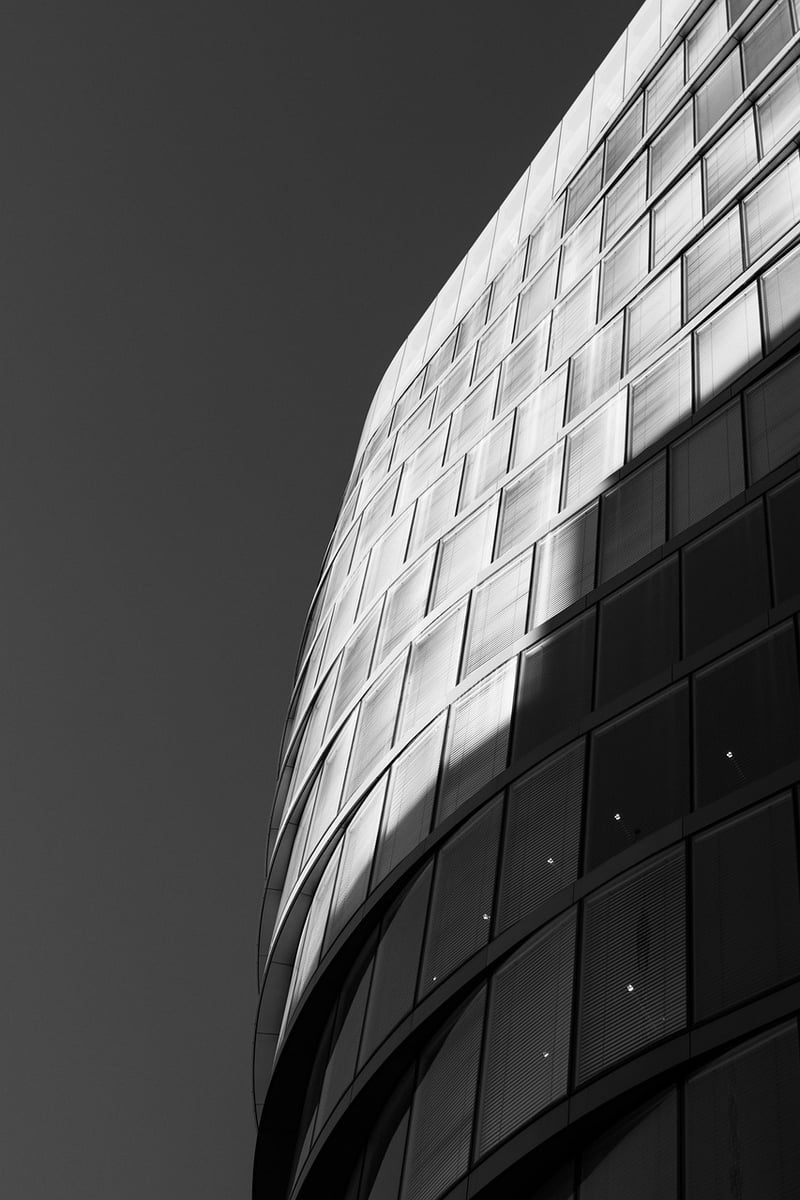Biophilic Architecture
Eco-Friendly Vertical Landscapes and Biophilic Architecture
In a world where sustainable living and eco-consciousness are becoming increasingly important, integrating nature into our urban environments has never been more crucial. One innovative way to achieve this is through eco-friendly vertical landscapes and biophilic architecture.
Vertical Landscapes
Vertical landscapes involve the use of living plants to create green spaces on the exterior or interior walls of buildings. These vertical gardens not only enhance the aesthetic appeal of the structure but also provide numerous environmental benefits. They help improve air quality, reduce energy consumption by providing natural insulation, and create habitats for birds and beneficial insects.
To implement a vertical landscape, consider using climbing plants, green walls, or vertical planters. These systems are designed to support plant growth vertically, even in limited spaces, making them ideal for urban environments where land is scarce.
Biophilic Architecture
Biophilic architecture goes beyond incorporating greenery into buildings; it aims to create spaces that foster a deep connection to nature. This design approach integrates natural elements like light, water, and vegetation to enhance the well-being and productivity of occupants.
Biophilic architecture can include features such as green roofs, atriums, courtyards, and large windows that provide views of nature. These elements not only promote a sense of tranquility and connection to the outdoors but also contribute to the overall sustainability of the building.
Benefits of Eco-Friendly Vertical Landscapes and Biophilic Architecture
- Improved air quality
- Enhanced aesthetics
- Reduced energy consumption
- Increased biodiversity
- Positive impact on well-being and productivity
- Contribution to sustainable urban development
Conclusion
Eco-friendly vertical landscapes and biophilic architecture offer innovative solutions to blend nature with urban spaces. By incorporating green elements into building design, we can create healthier, more sustainable environments that benefit both people and the planet.
Embracing these concepts not only enhances the visual appeal of our surroundings but also promotes a harmonious relationship between humans and nature, paving the way for a greener and more sustainable future.


